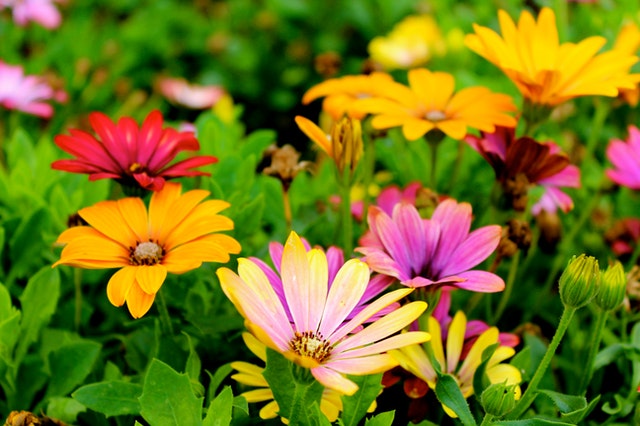
Hedging plants
admin
- 0
- 784
Hedging plants are a great way to add some privacy to your garden. They can also be used to create a windbreak or to simply add some greenery to your landscape. When choosing hedging plants, it is important to consider the size and growth habits of the plant in order to ensure that it will not become overgrown and out of control.
There are many different types of hedging plants available, so be sure to do your research before making a purchase. Some common hedging plants include:
– Boxwood (Buxus spp.): A slow-growing evergreen shrub that can be sheared into a variety of shapes. It is tolerant of a wide range of soils and prefers full sun to partial shade.
– Yew (Taxus spp.): A fast-growing evergreen shrub that can reach up to 20 feet in height. It prefers moist, well-drained soil and full sun to partial shade.
– Holly (Ilex spp.): An evergreen shrub or small tree that is known for its glossy, dark green leaves and bright red berries. It prefers acidic soil and full sun to partial shade.
– Arborvitae (Thuja spp.): A fast-growing evergreen tree that can reach up to 60 feet in height. It prefers full sun and well-drained soil.
When planting hedging plants, it is best to plant them in the spring or fall so that they have time to establish themselves before the hot summer months or the cold winter months. Be sure to water them regularly during the first growing season and fertilize them once a year with a balanced fertilizer. Once they are established, they will require very little maintenance.
